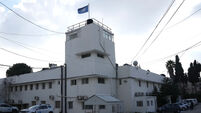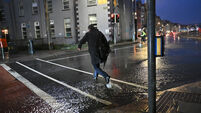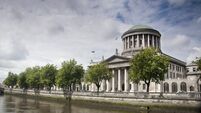Corpses lie in street of devastated island town
Candles flickered at the heads of about 20 corpses, lying in the street wrapped in white sheets outside the Santa Maria church in the devastated main town on Nias, the Indonesian isle known as a surfers' paradise.
The mainly Roman Catholic islanders escaped almost unscathed from the St Stephen's Day earthquake and tsunami that killed more than 126,000 in Indonesia’s Aceh province three months ago.














